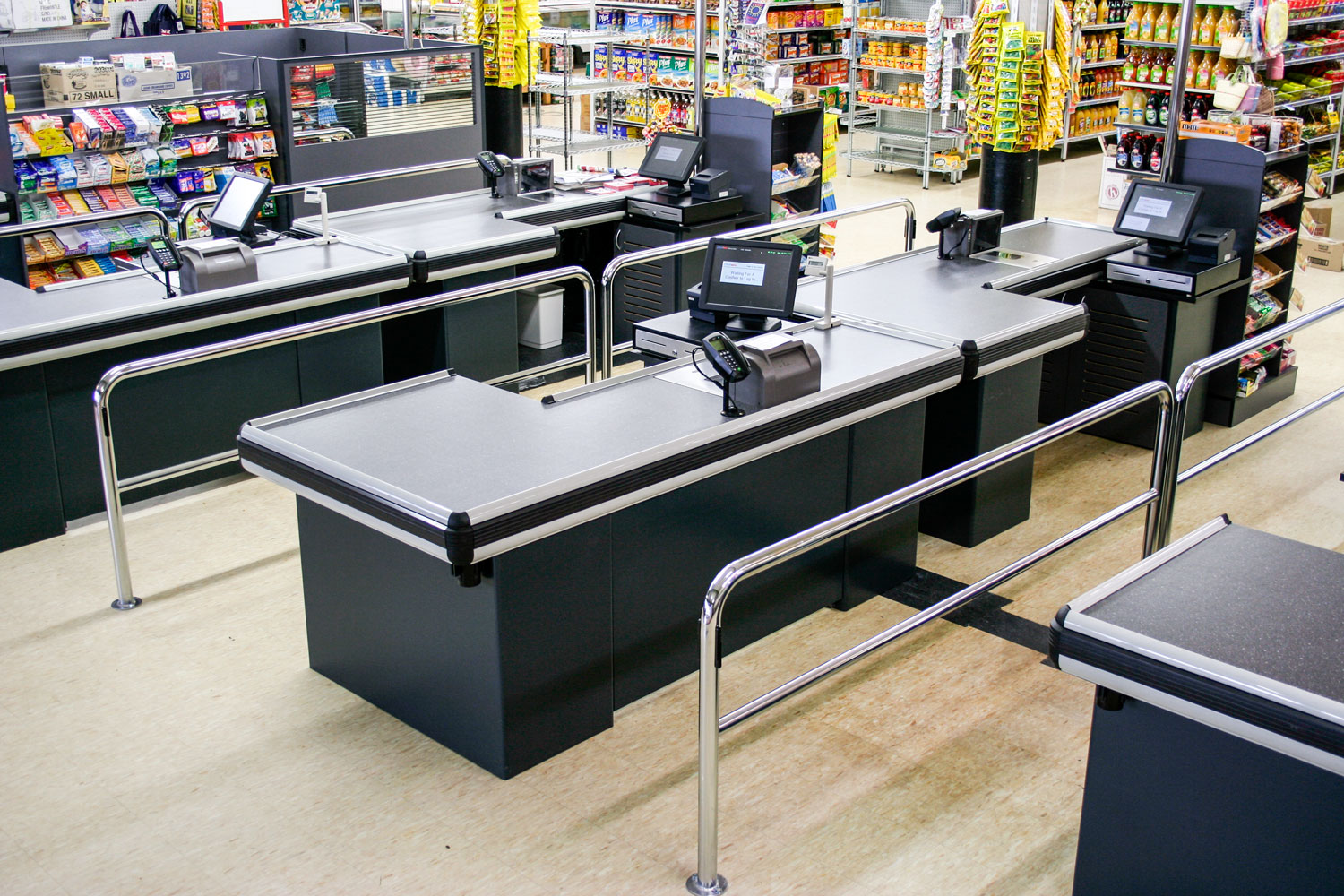

Stick points that were once a grudgingly-accepted part of the in-store shopping experience are creating unexpected, outsize frustrations and reducing customer satisfaction.Įven pre-pandemic, according to a 2018 study by payment platform Adyen, long checkout lines were costing US retailers $37.7M annually in lost sales. Patience is in short supply as the economy re-opens, with social media awash in videos of customers behaving badly. Some, like Kroger’s, have set up “dark” stores that function as customer-free mini-warehouses, to keep employees (and workers from outside services like InstaCart) from congesting the aisles of their stores. The idea of standing in a queue to purchase groceries seems antiquated to many shoppers.Ĭontactless shopping has its limits with 20% of in-store grocery sales made on impulse, getting consumers back inside is a top priority.Īs well, grocery stores are still trying to work out a way to pick and pack customer orders that doesn’t disrupt the in-store customer experience (or the bottom line). That same poll confirmed that many shoppers continue to be concerned about safety while shopping in-store.īOPIS (Buy online, pick up in store) exploded during the pandemic, with 85% of consumers reporting increased use of this option.

Retailers are scrambling to innovate, seeking to deliver the “frictionless” customer journey provided by e-commerce behemoths like Amazon and WalMart.Īccording to a poll by rewards app Shopkick, 60% of consumers believe that the pandemic has changed their shopping behavior permanently. Rather than a reflexive return to old behaviors, shoppers are integrating new habits and applying new standards to their brick-and-mortar shopping experience. The pandemic pushed more consumers than ever into the online shopping pool, as even technology-resistant customers adopted and then embraced new tools. The Scan and Go app from Futureproof Retail


 0 kommentar(er)
0 kommentar(er)
